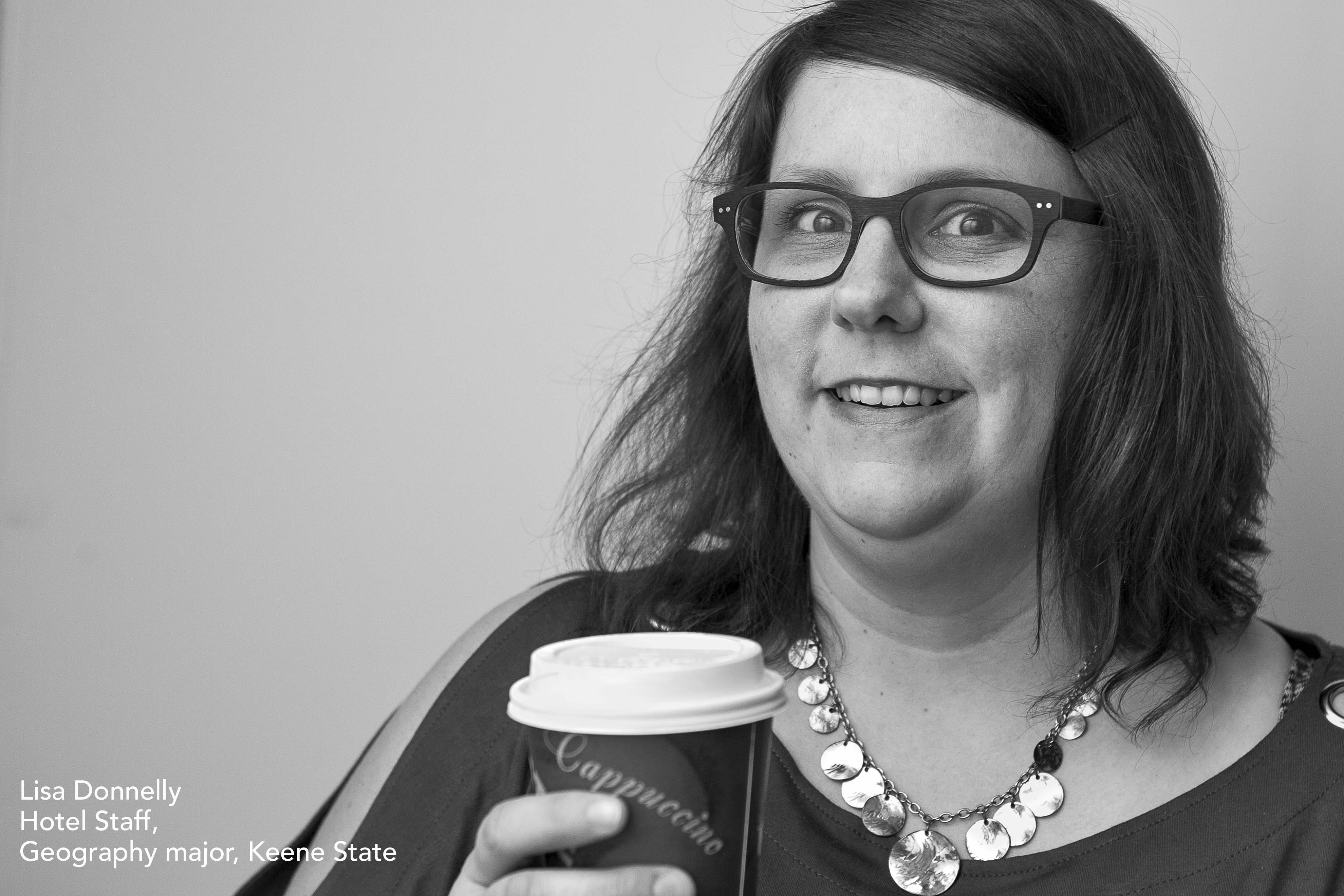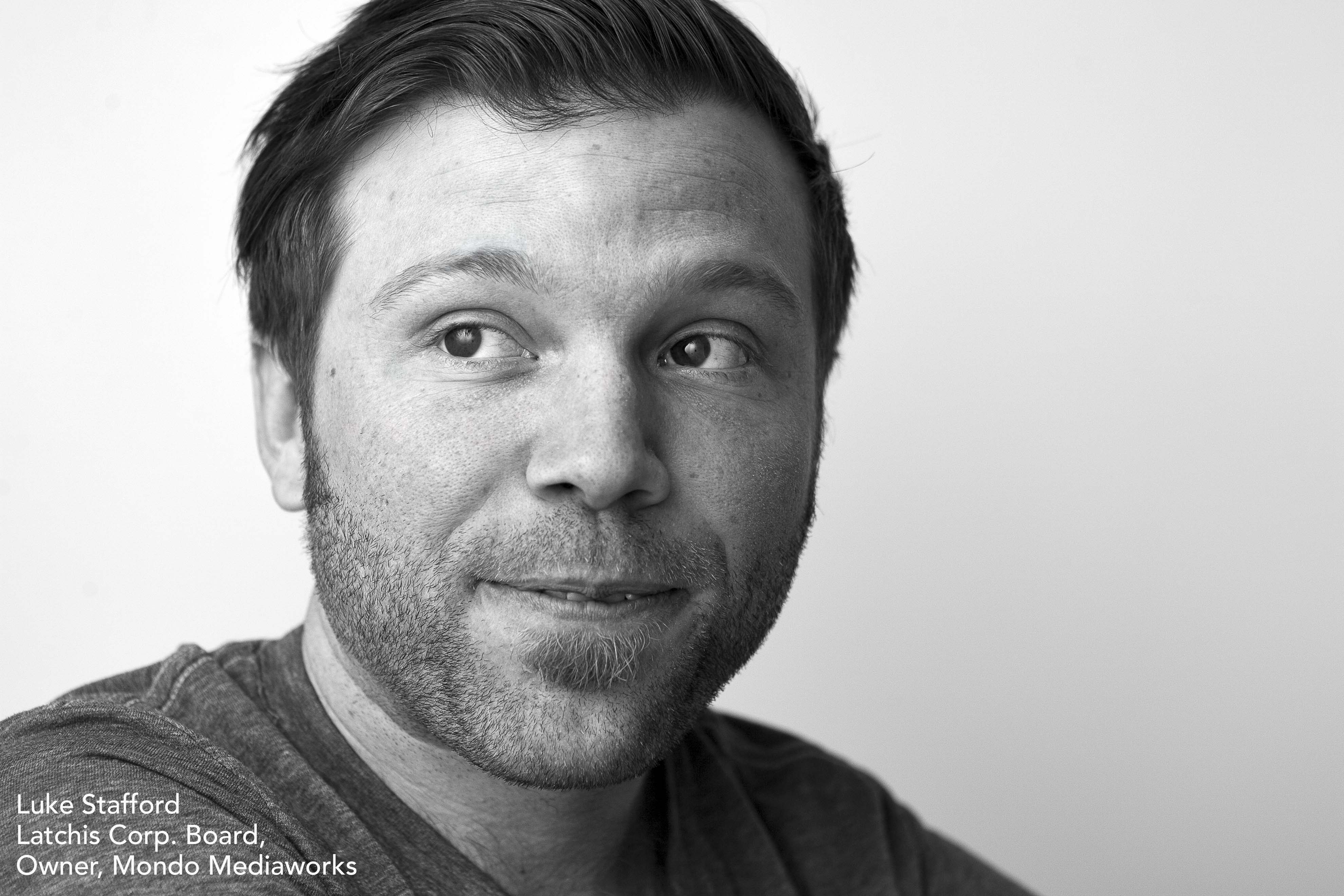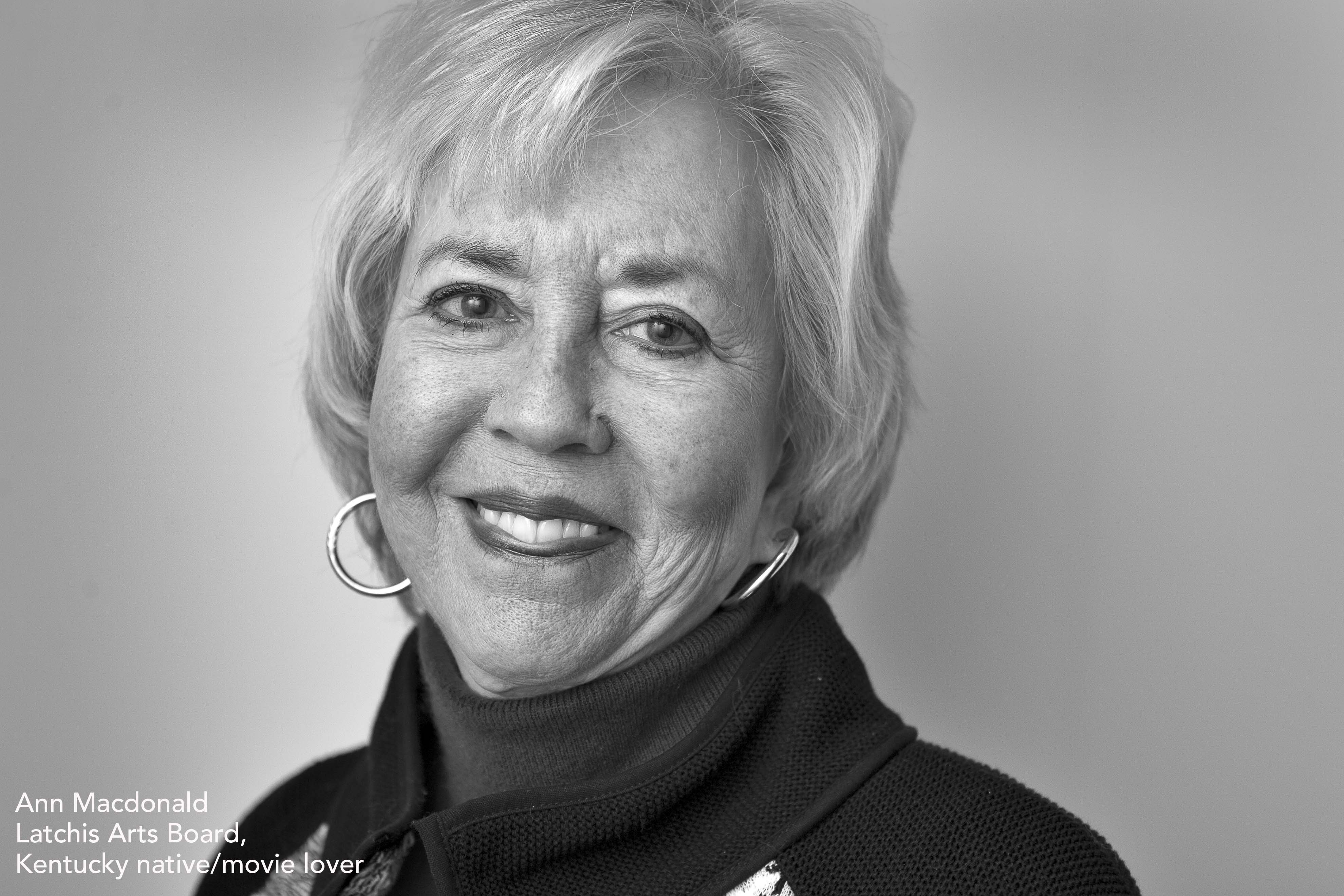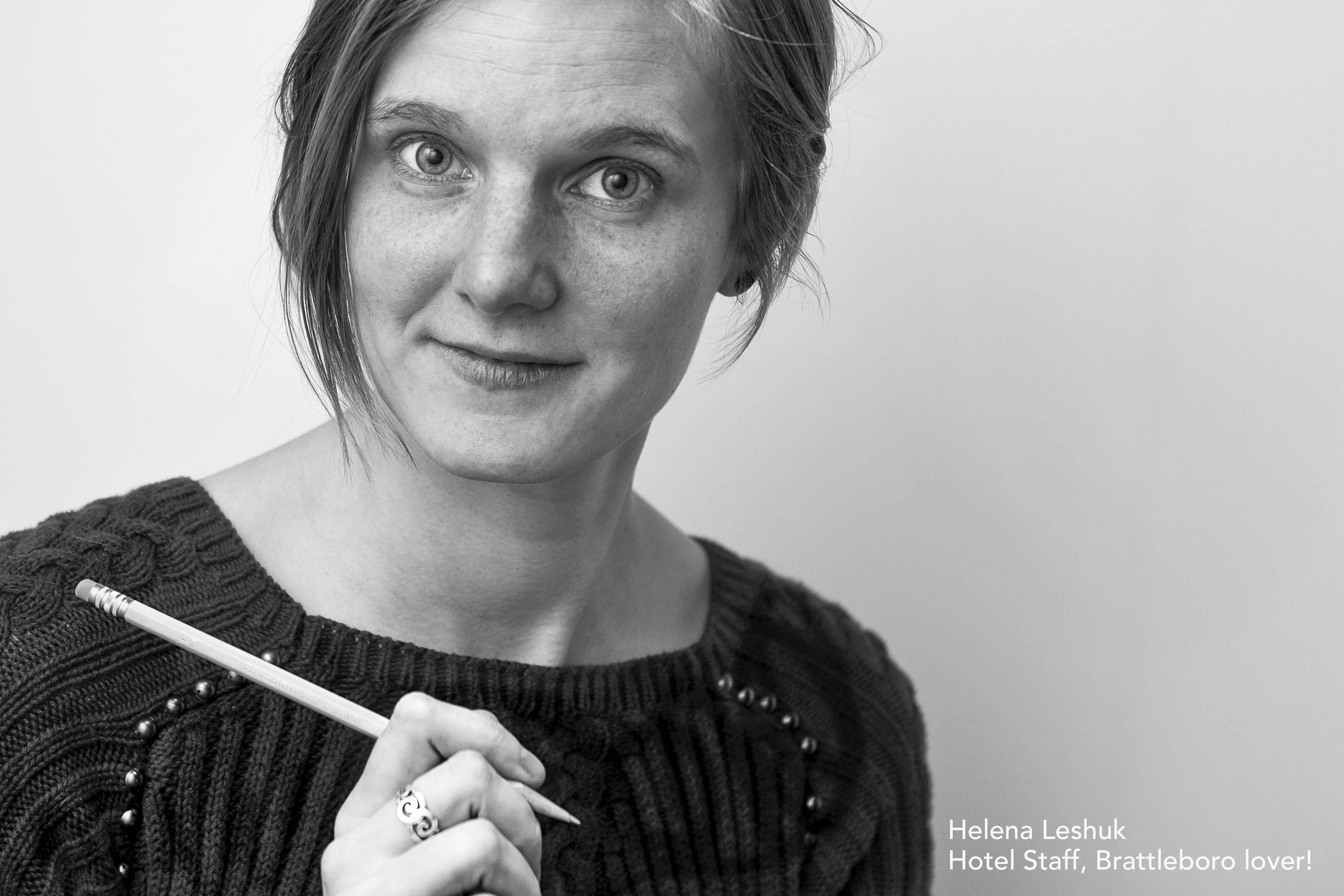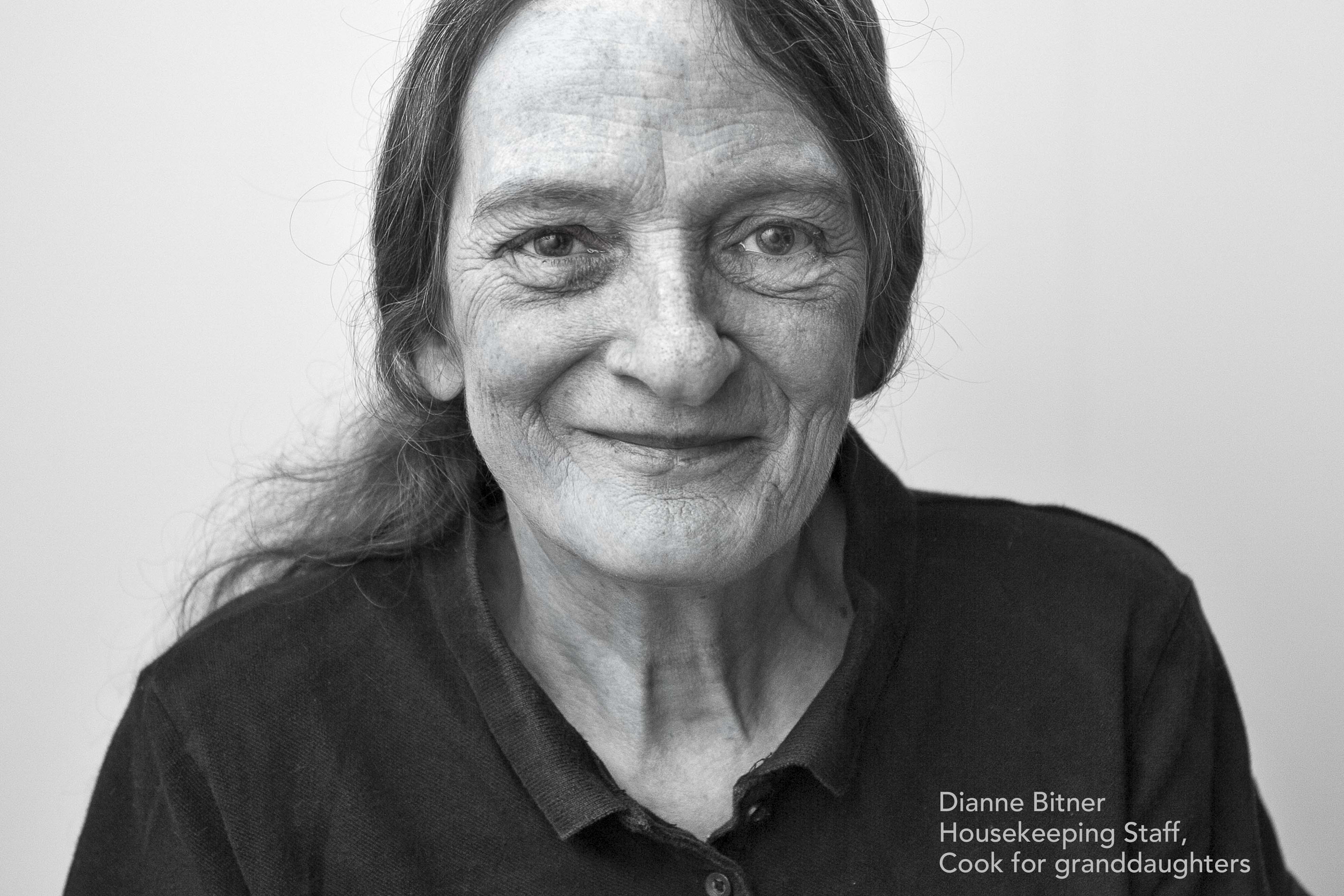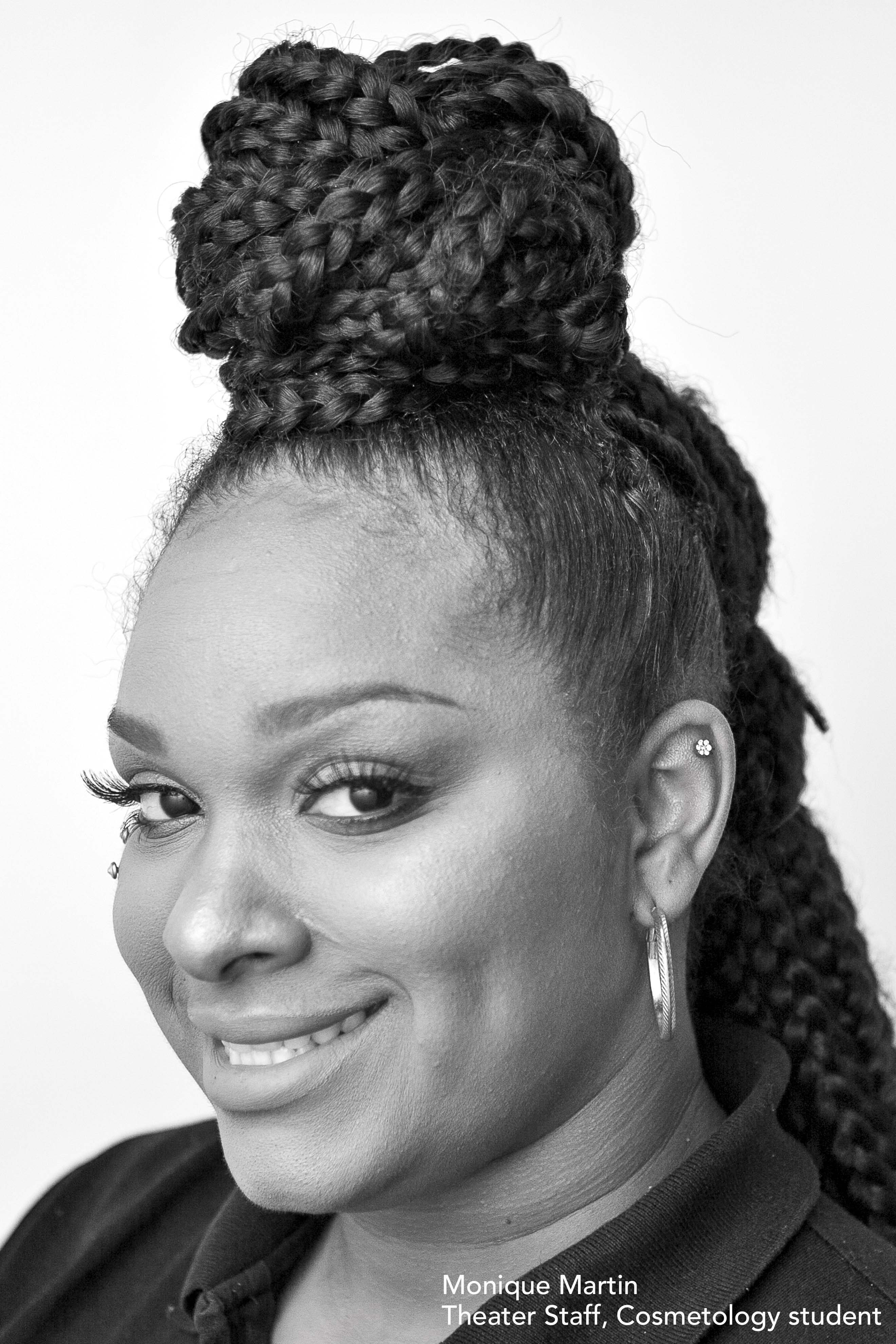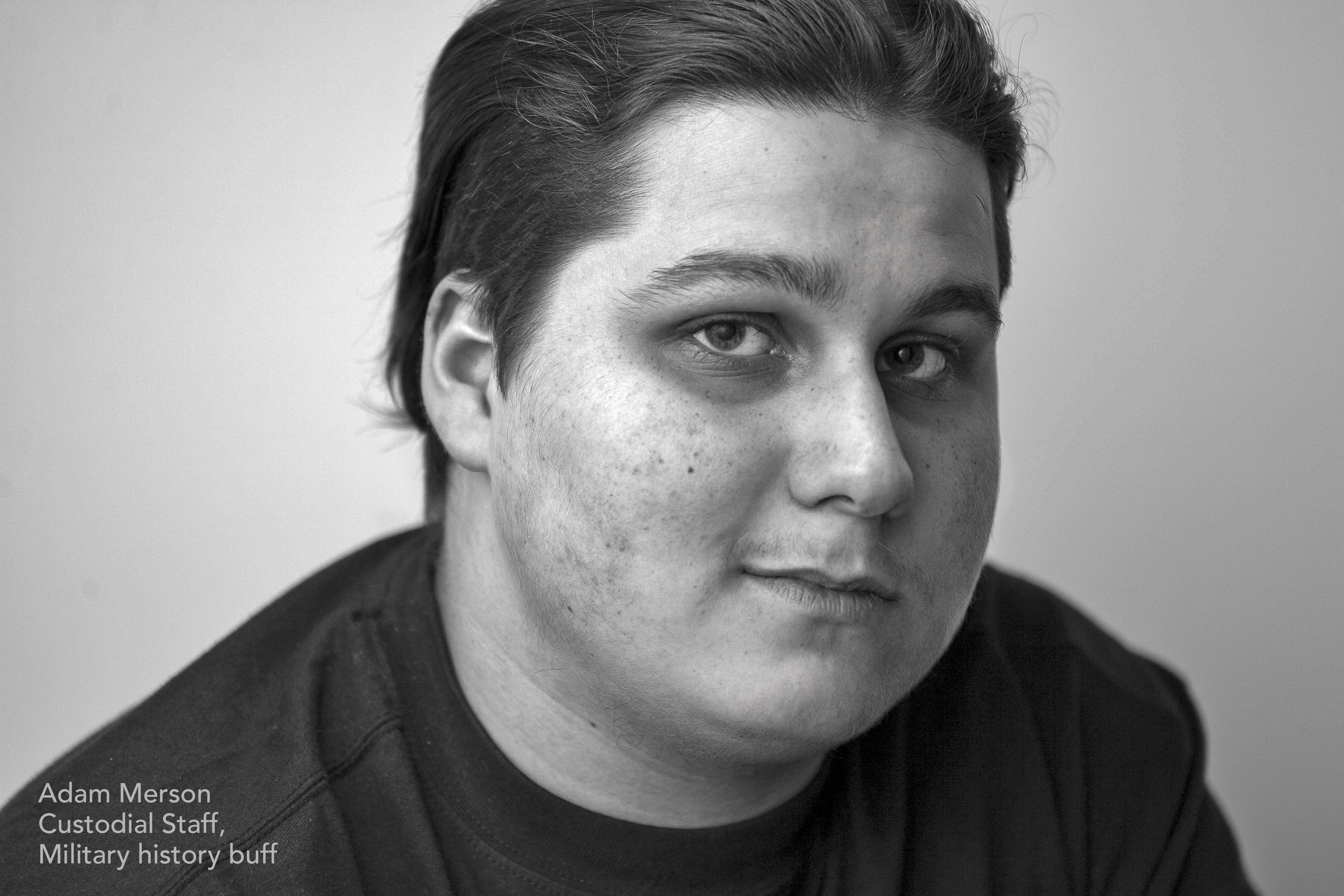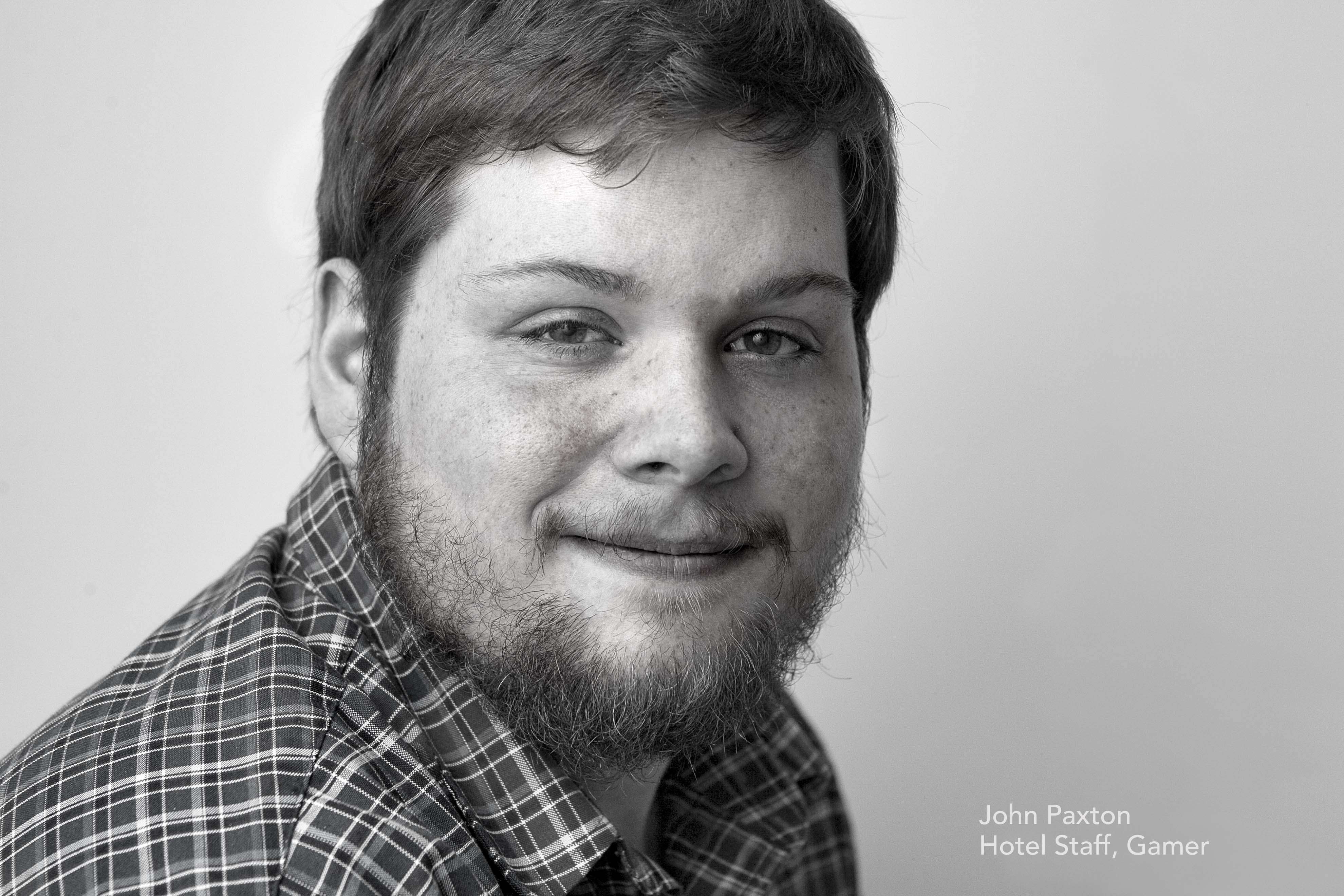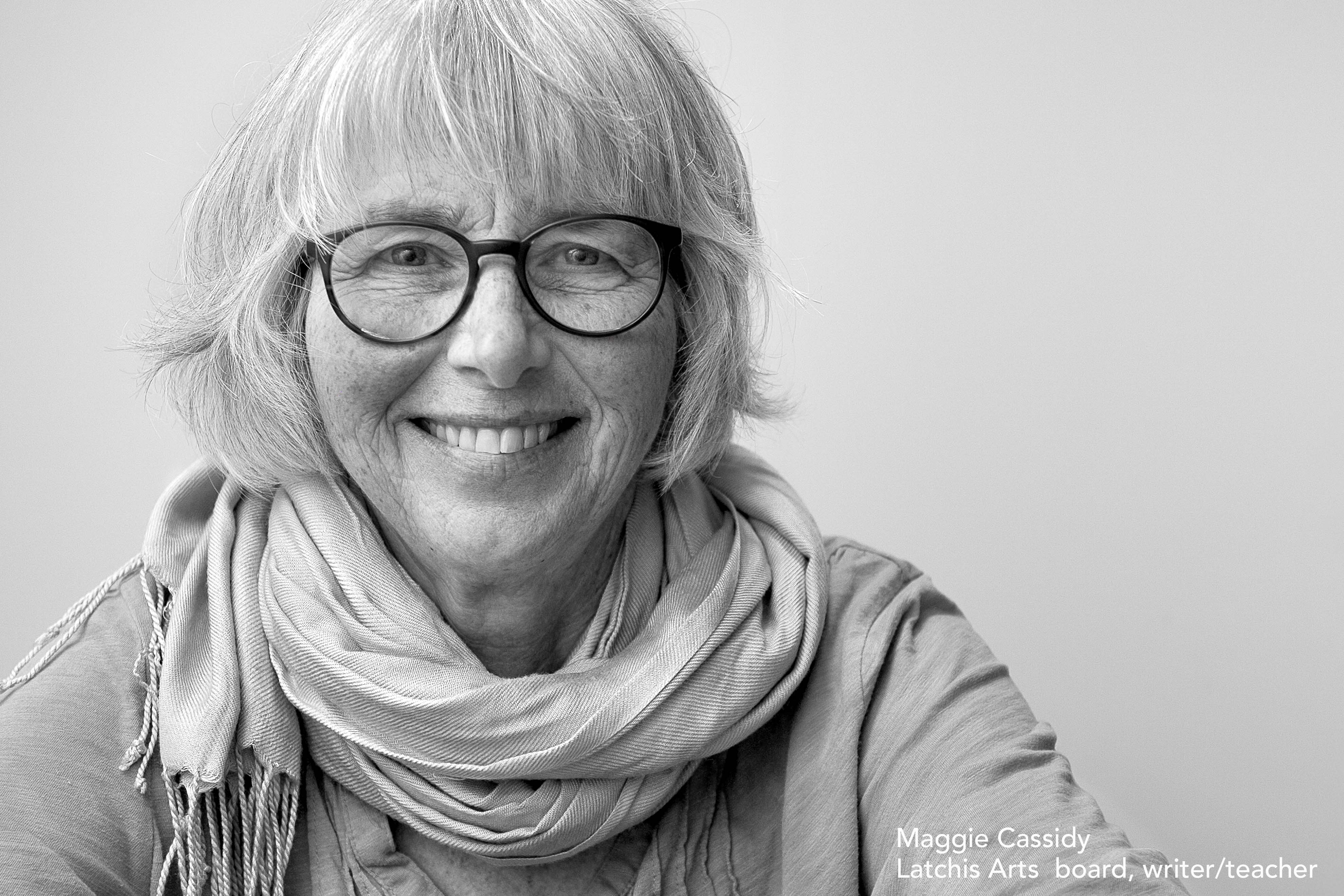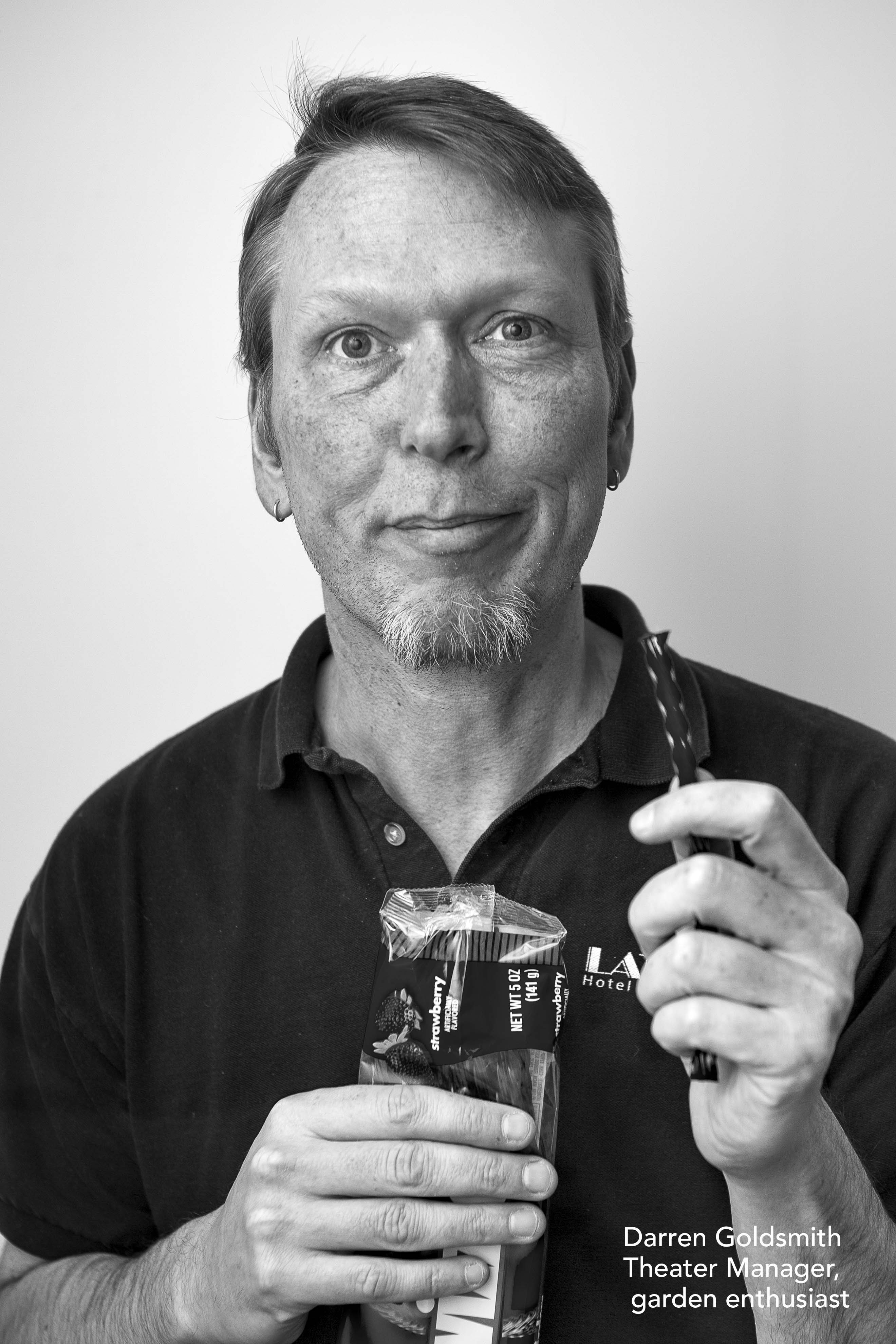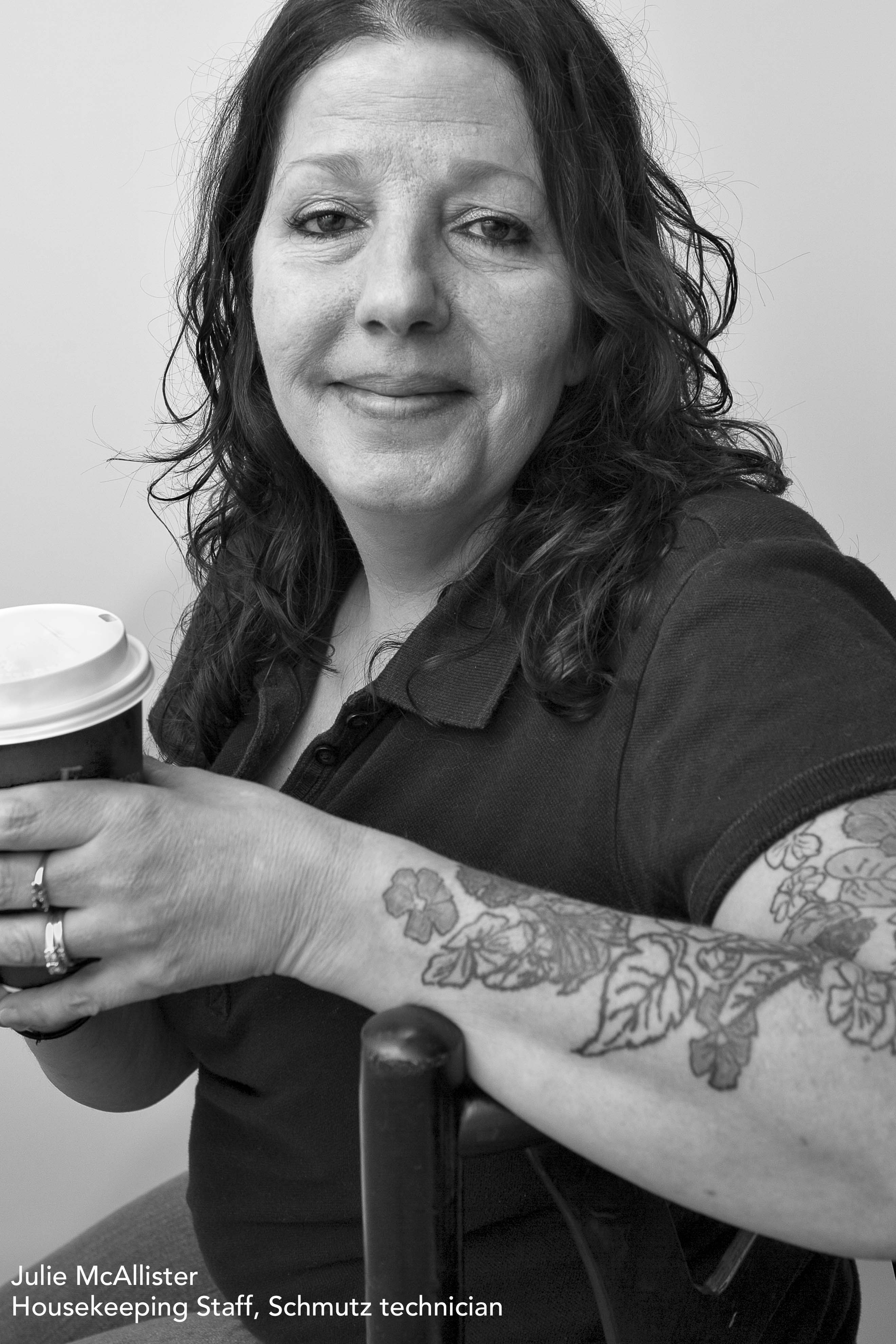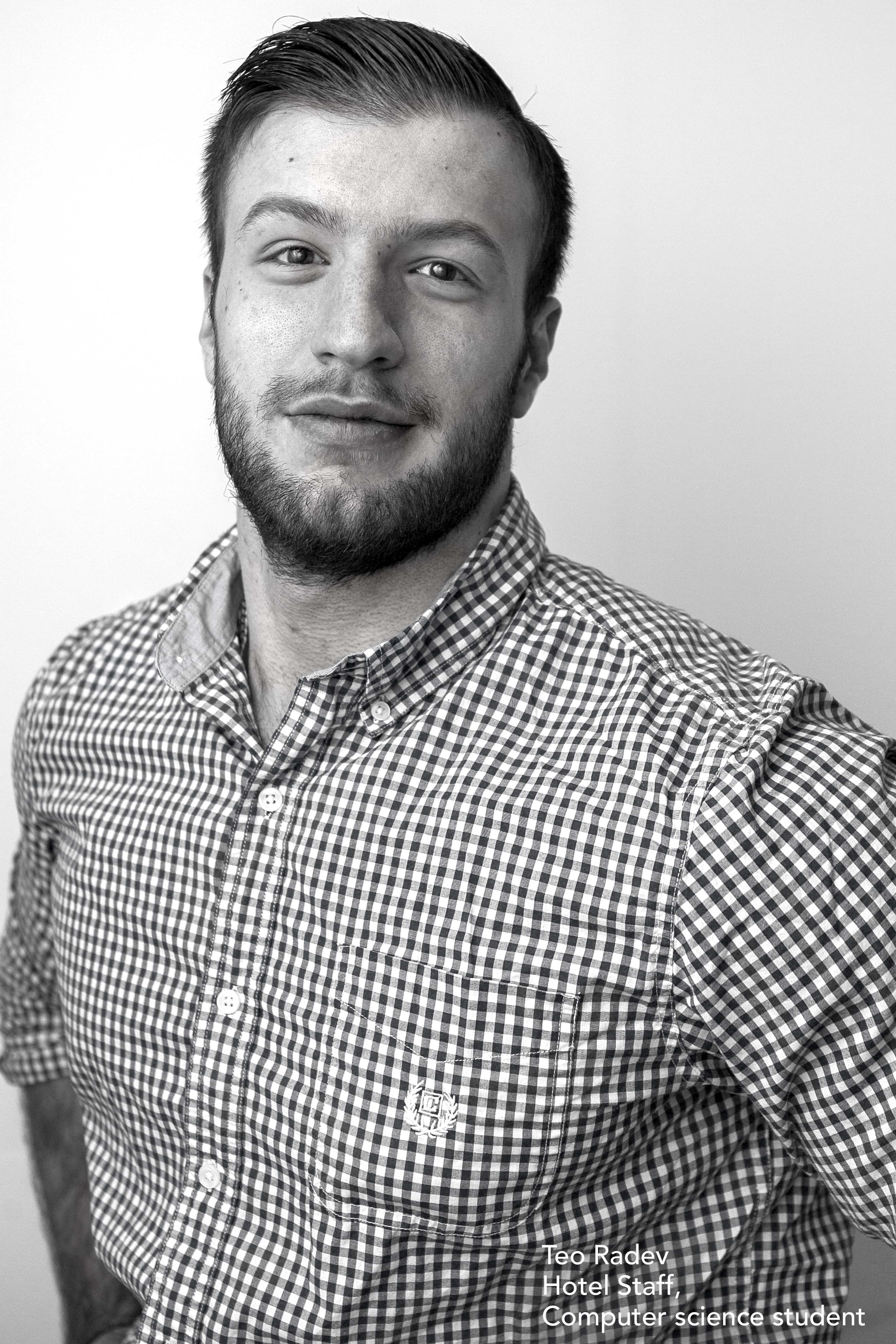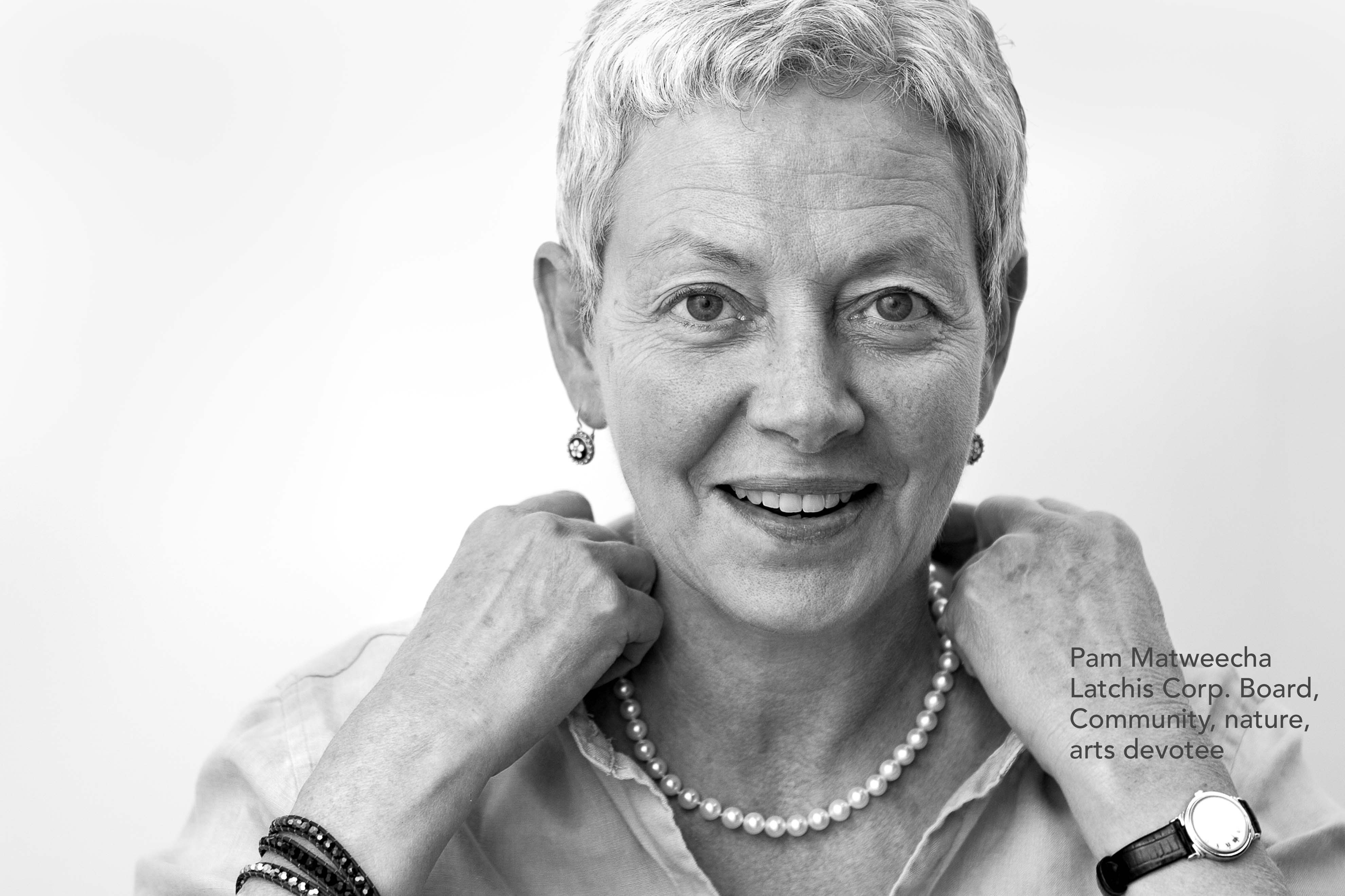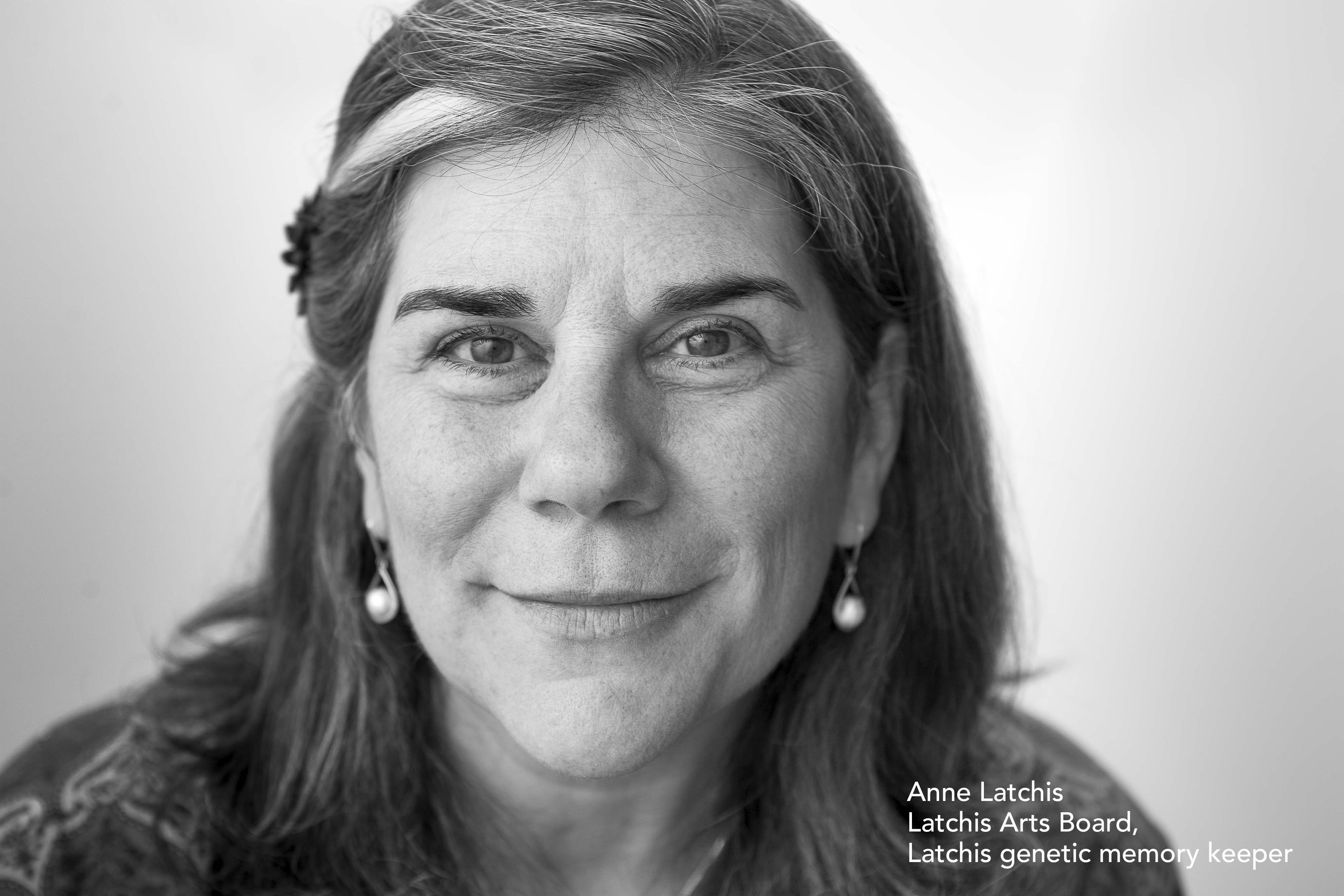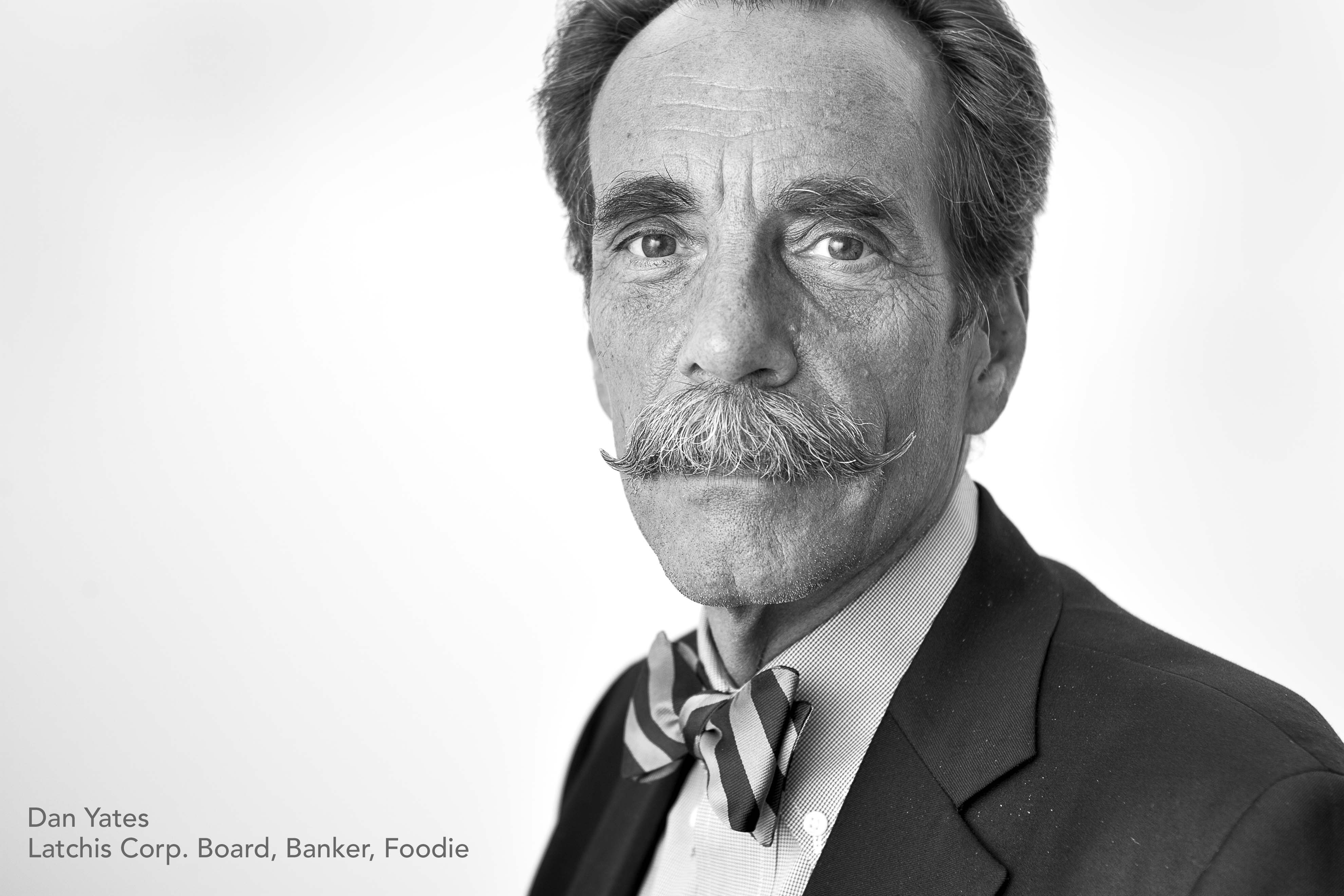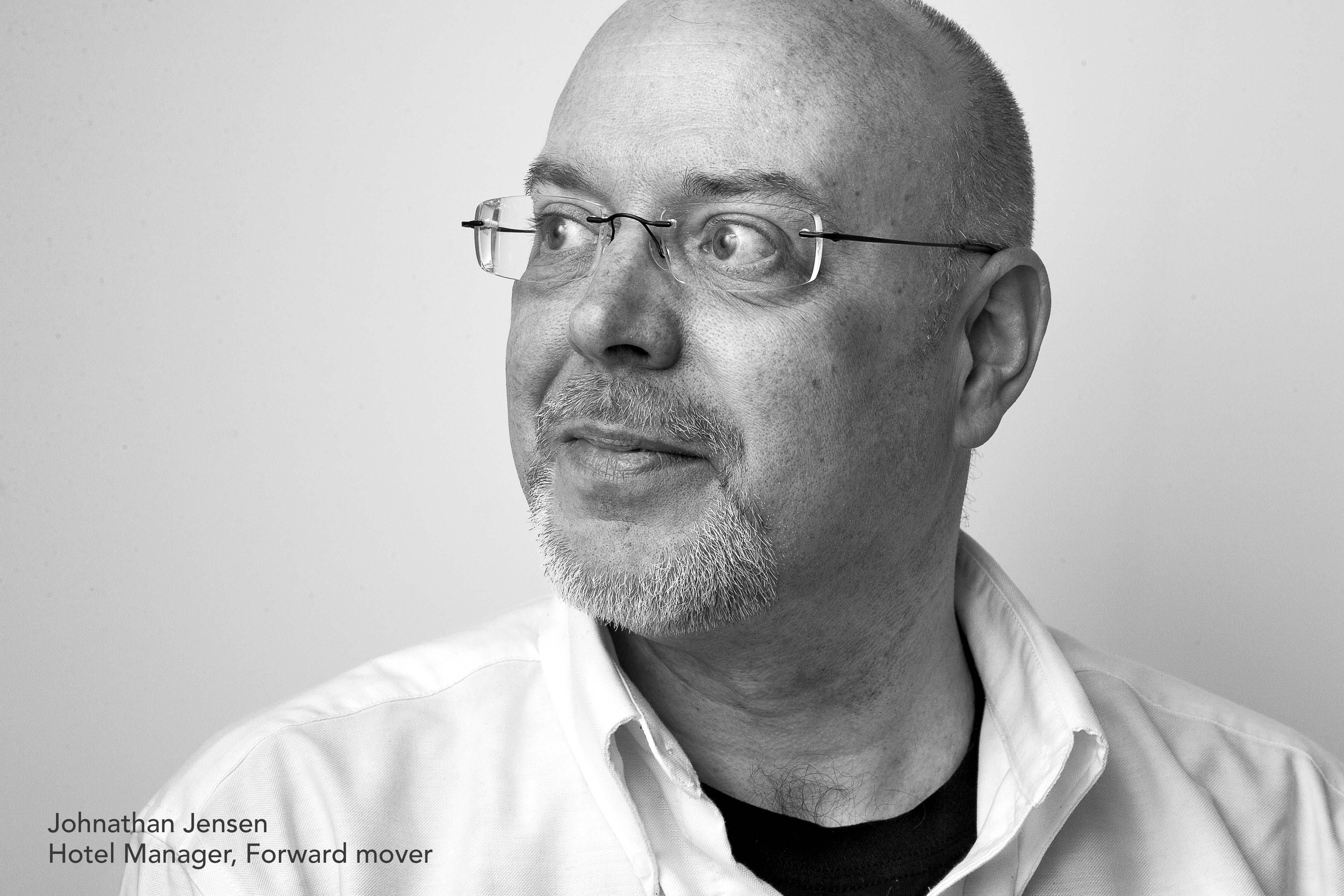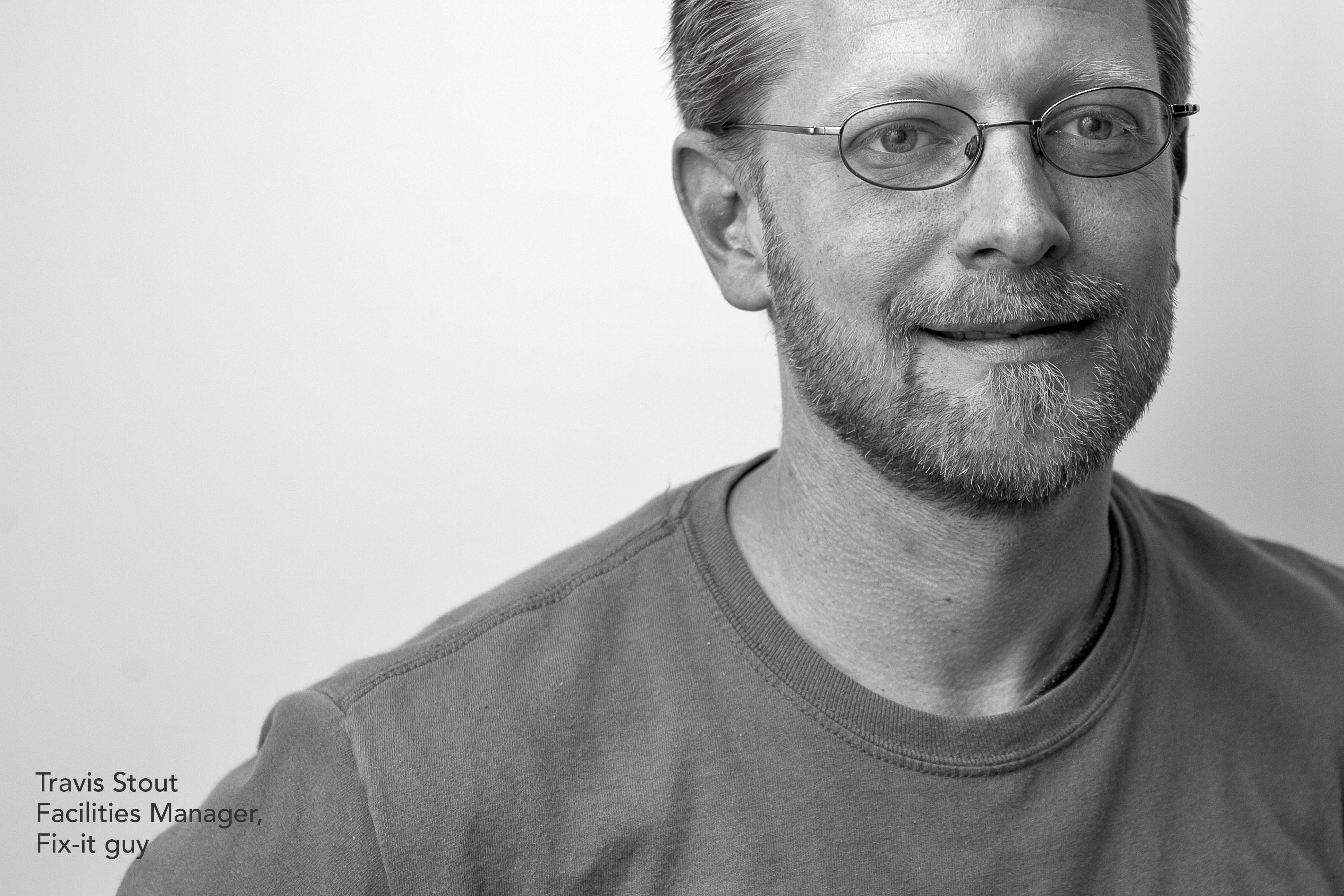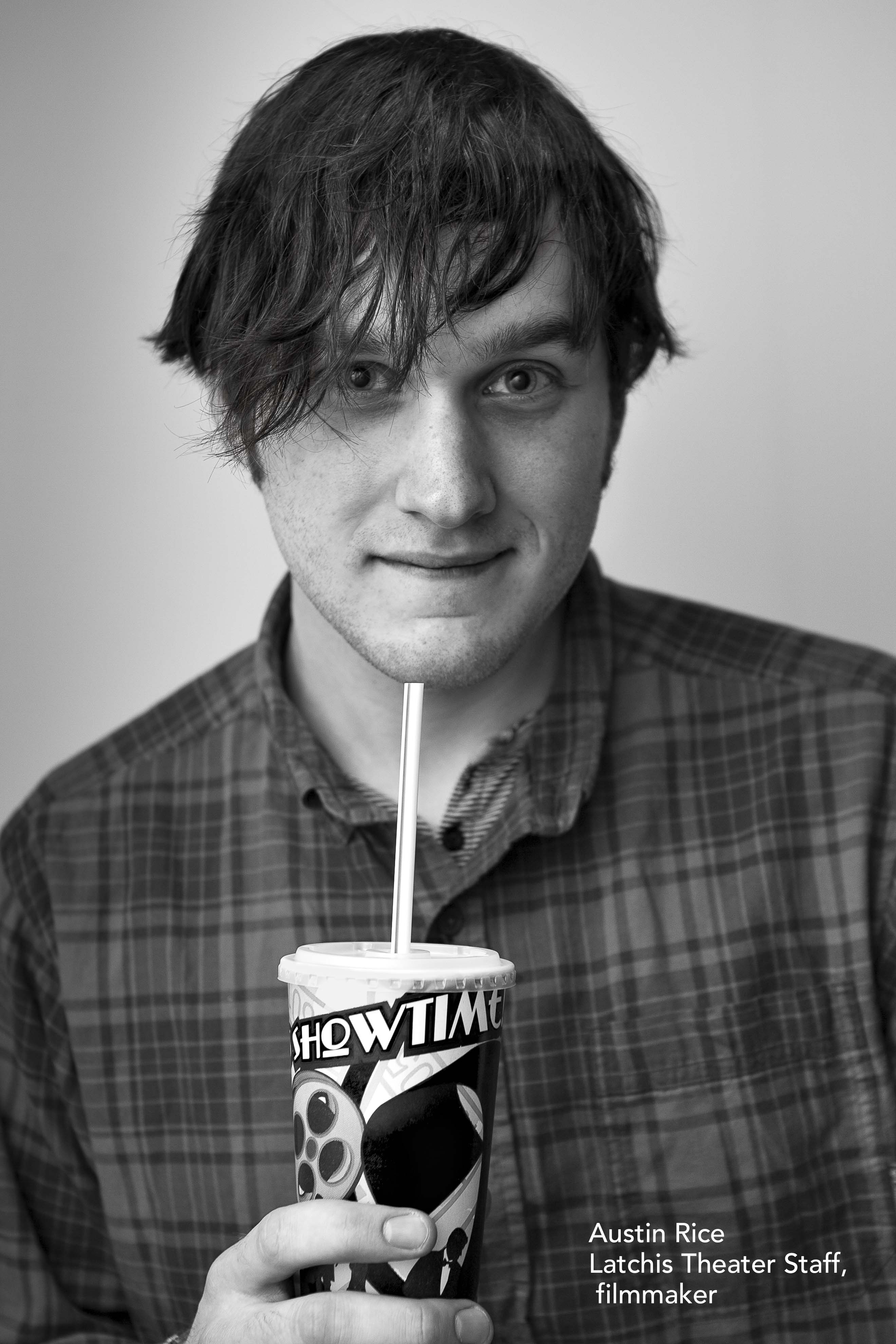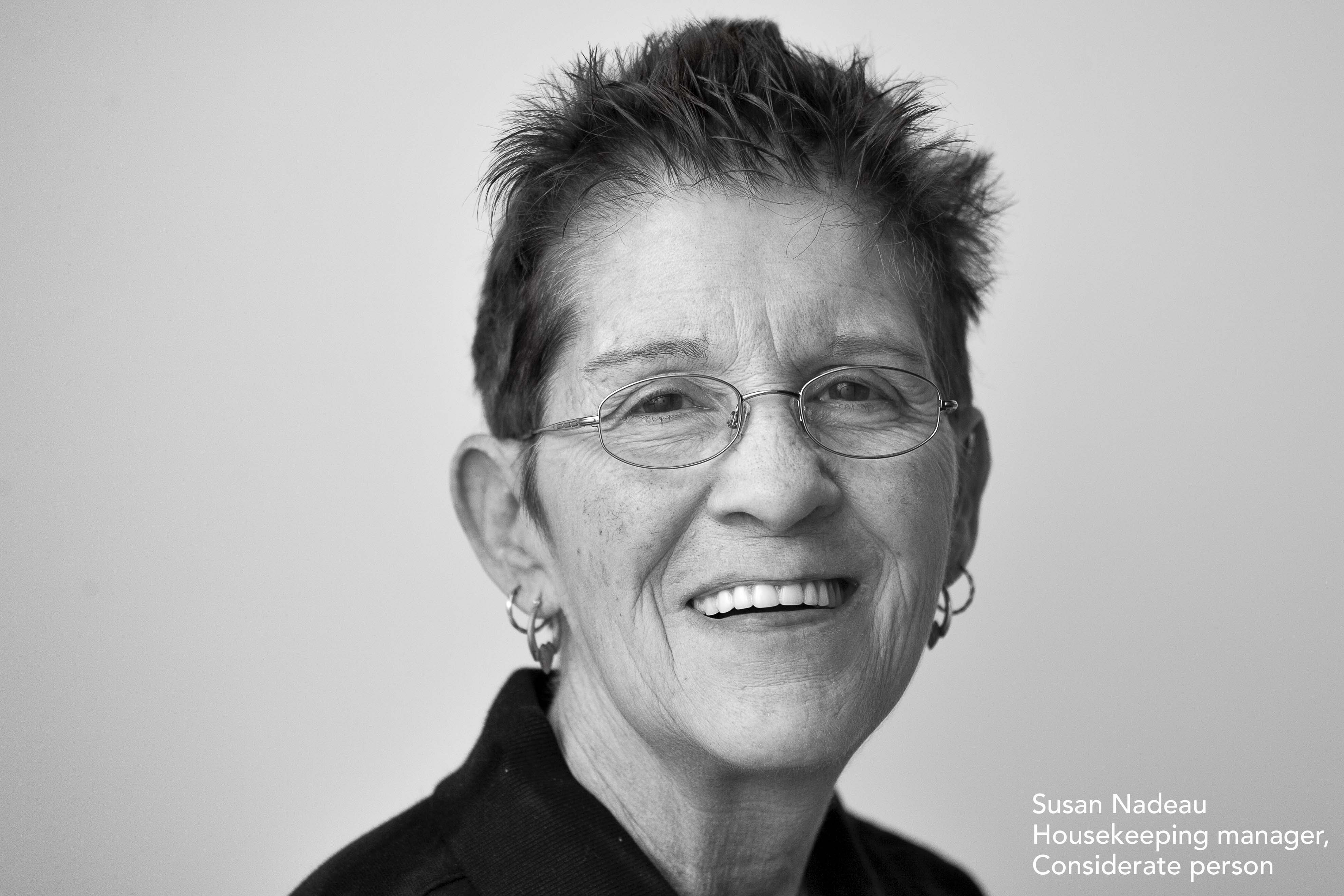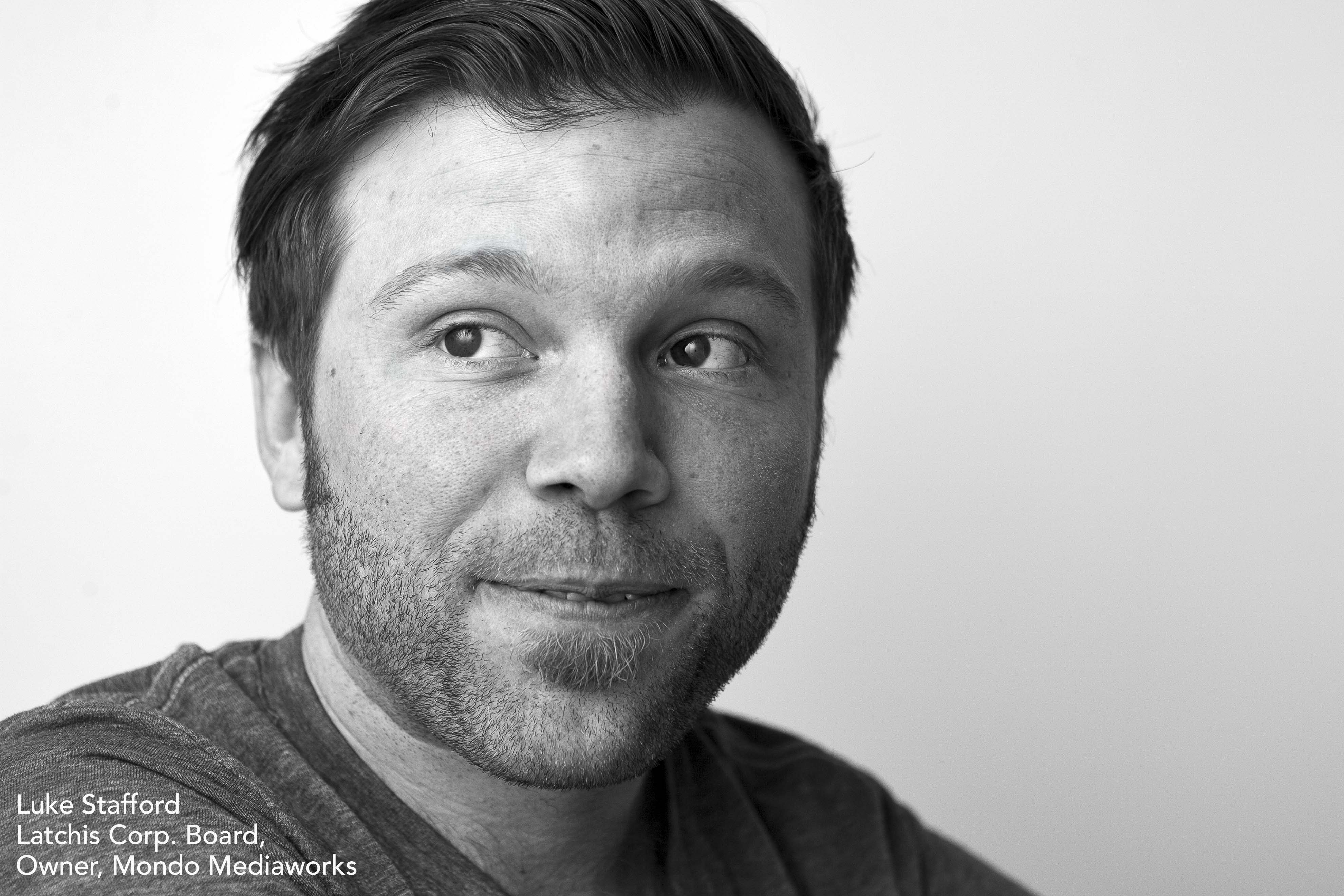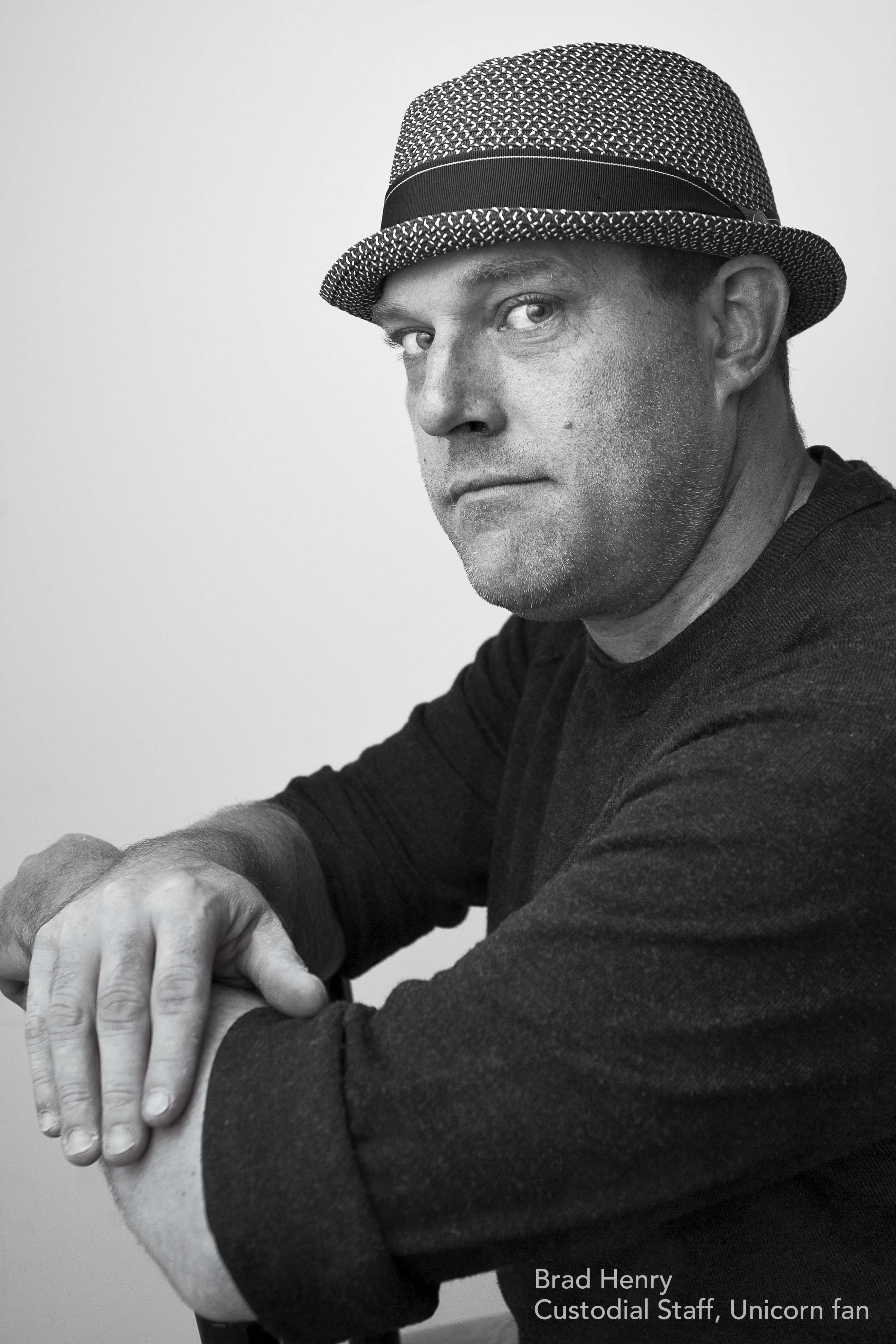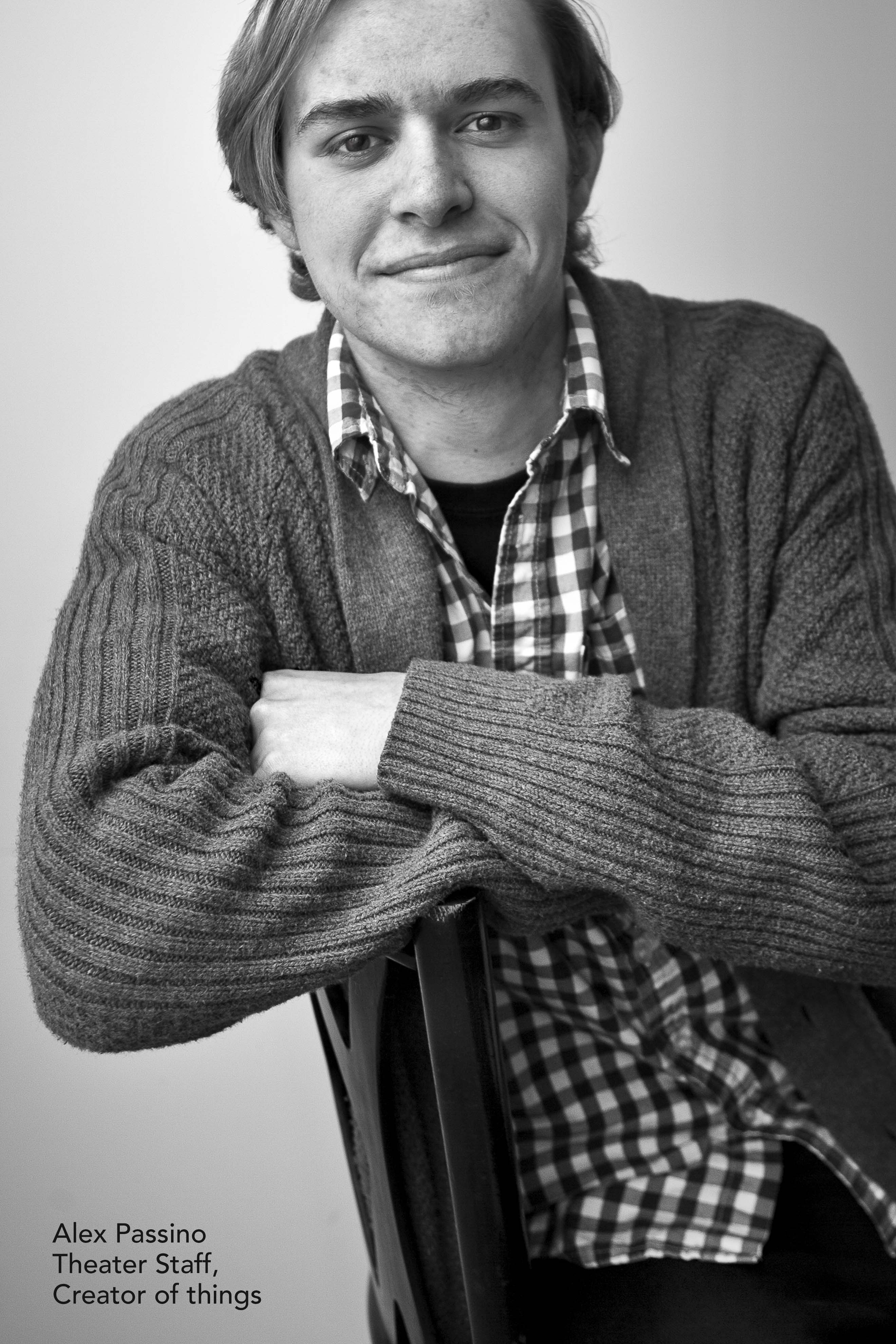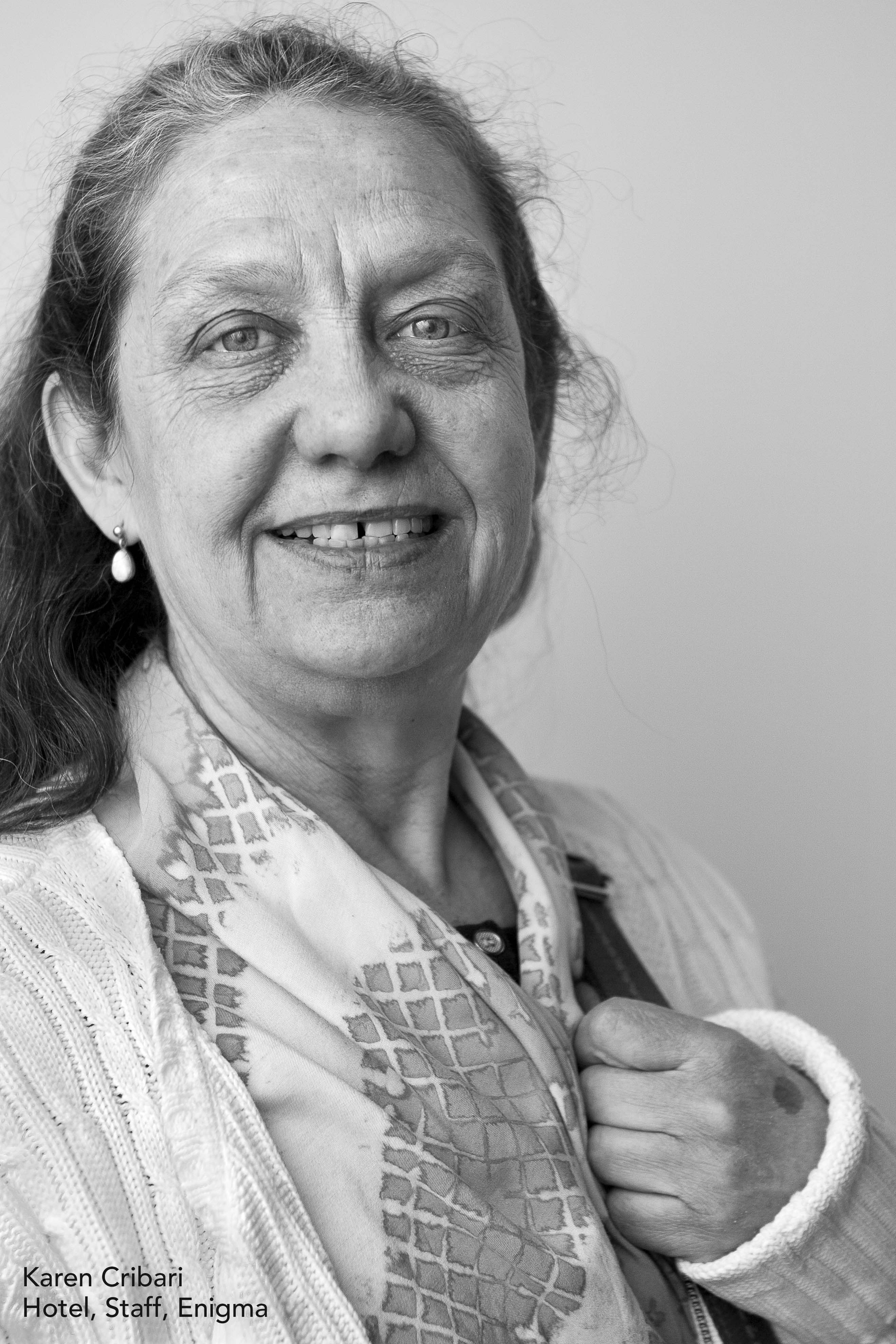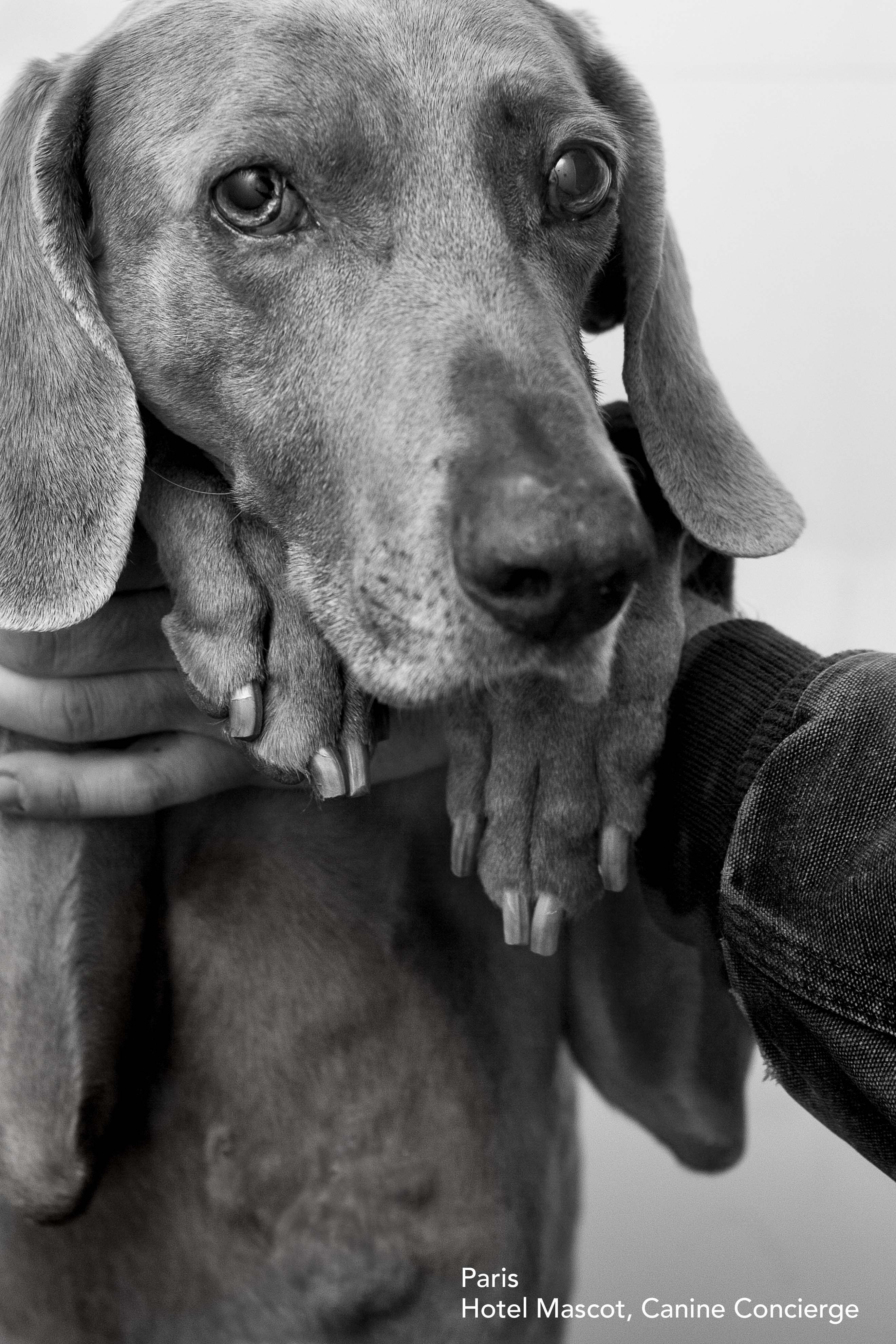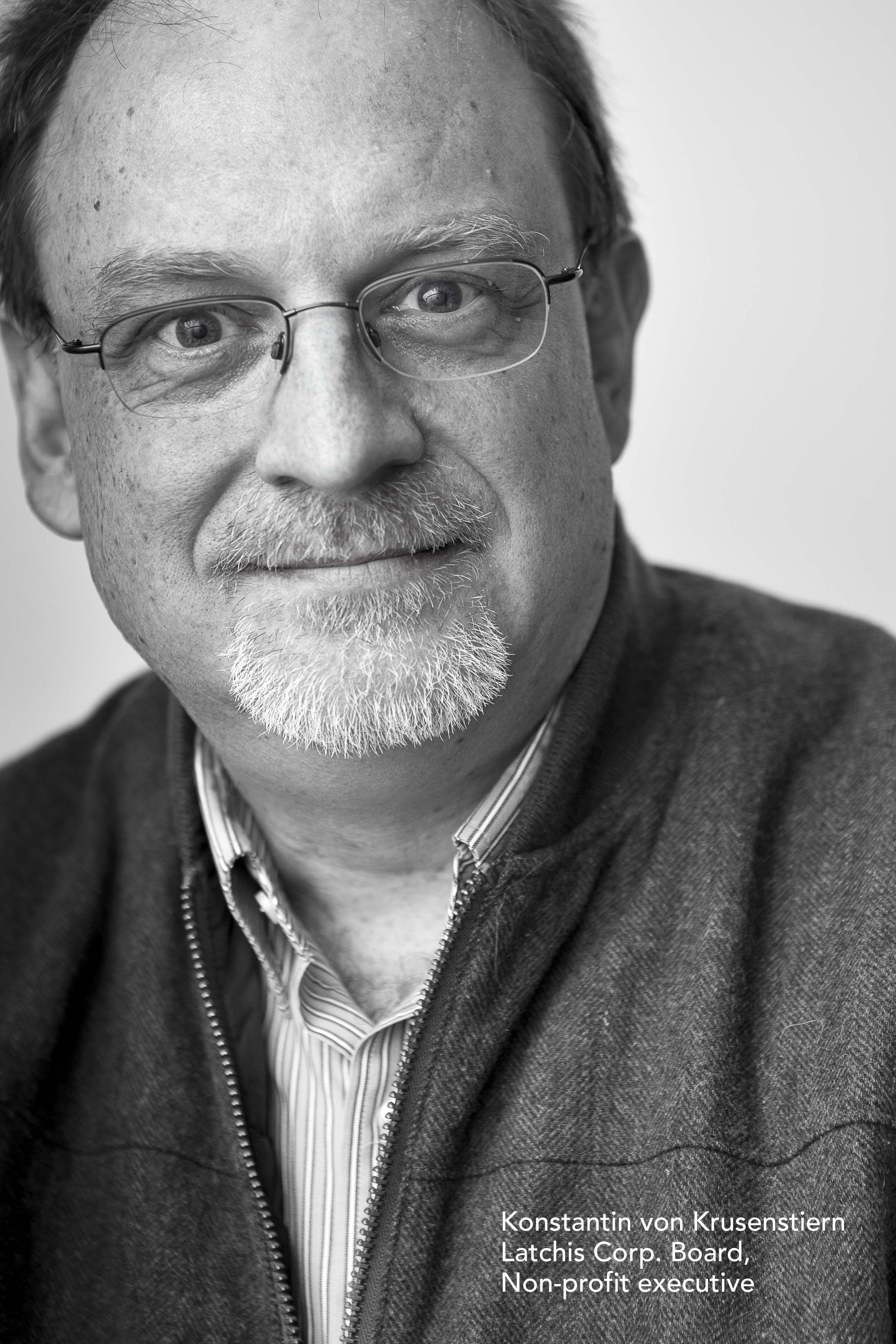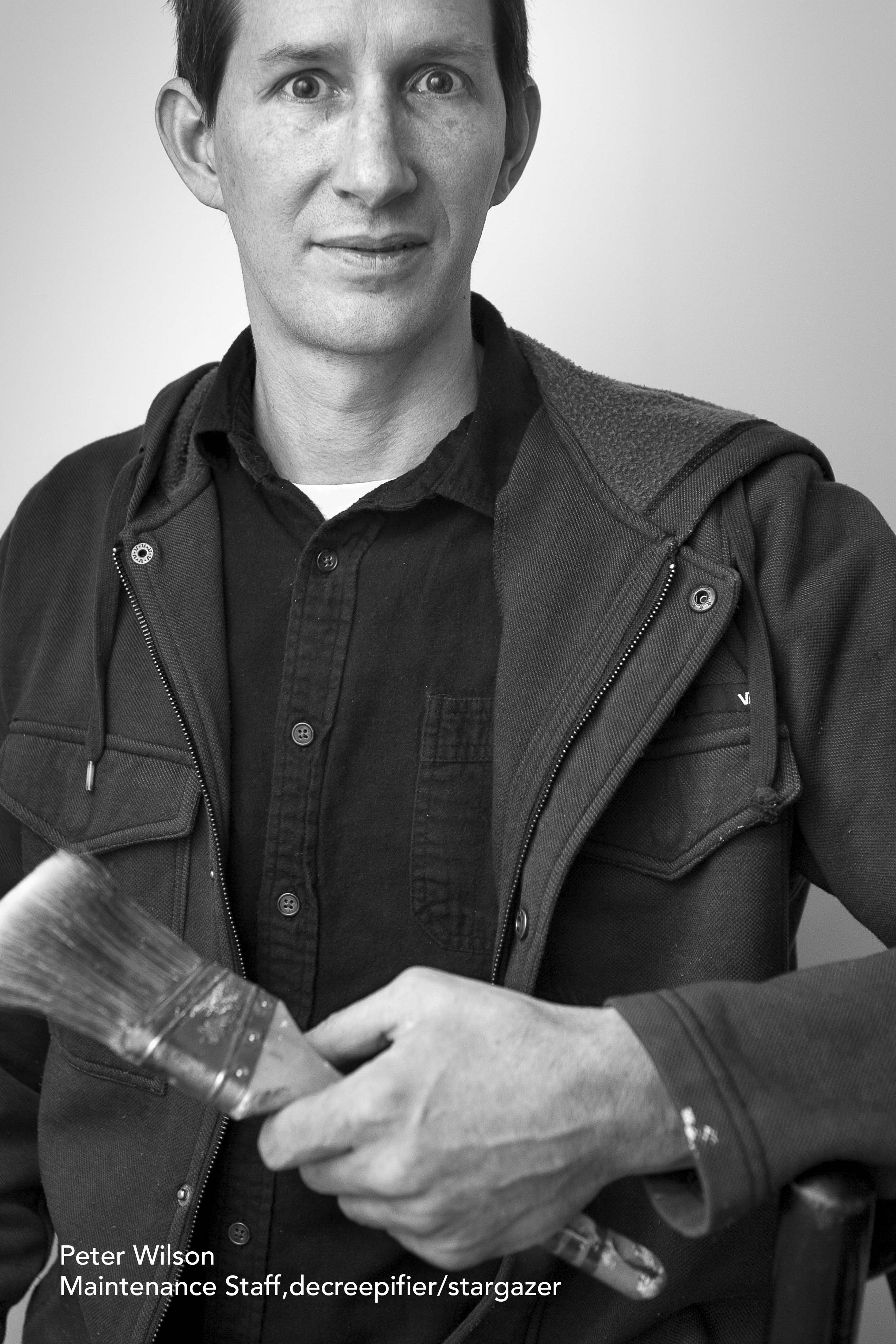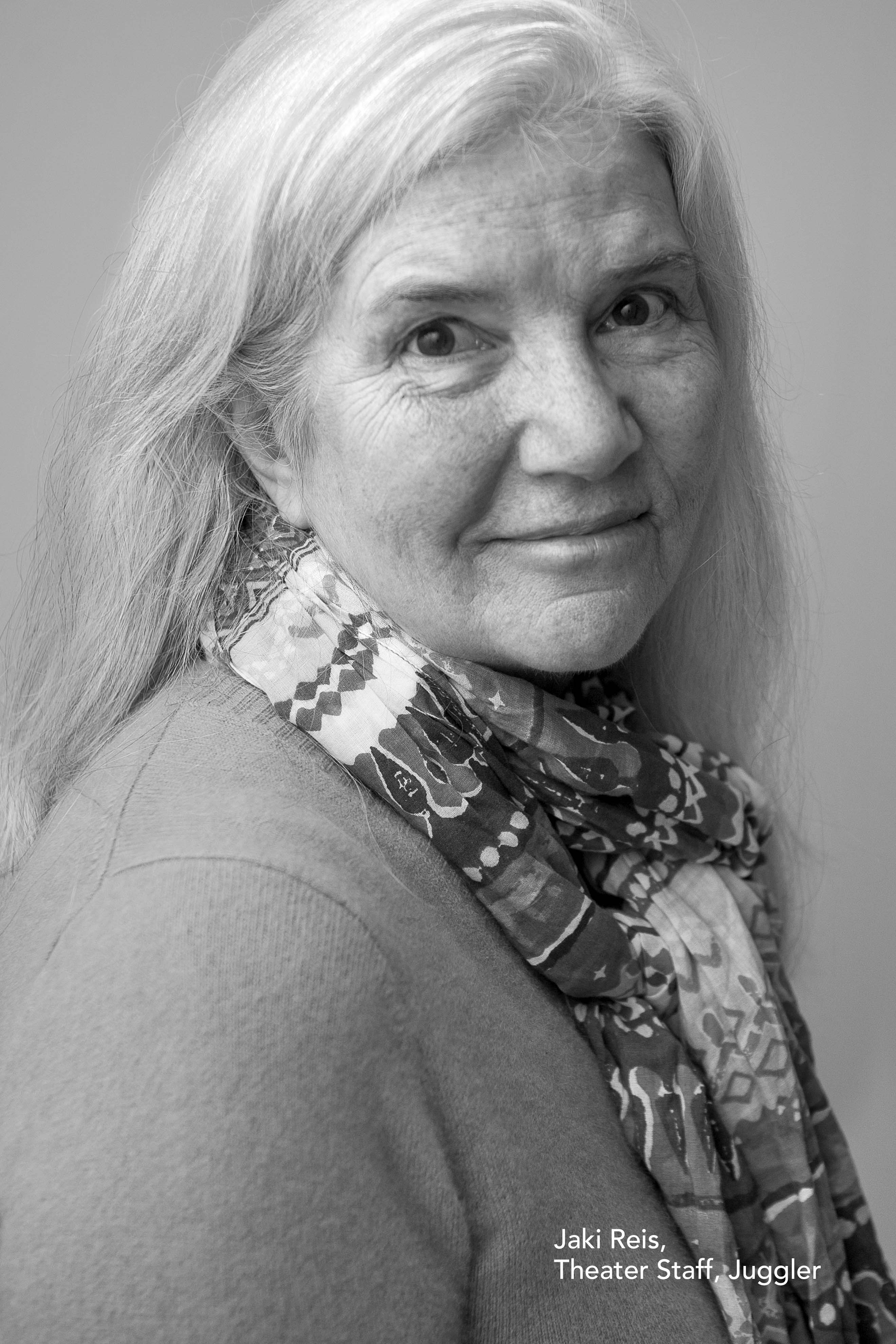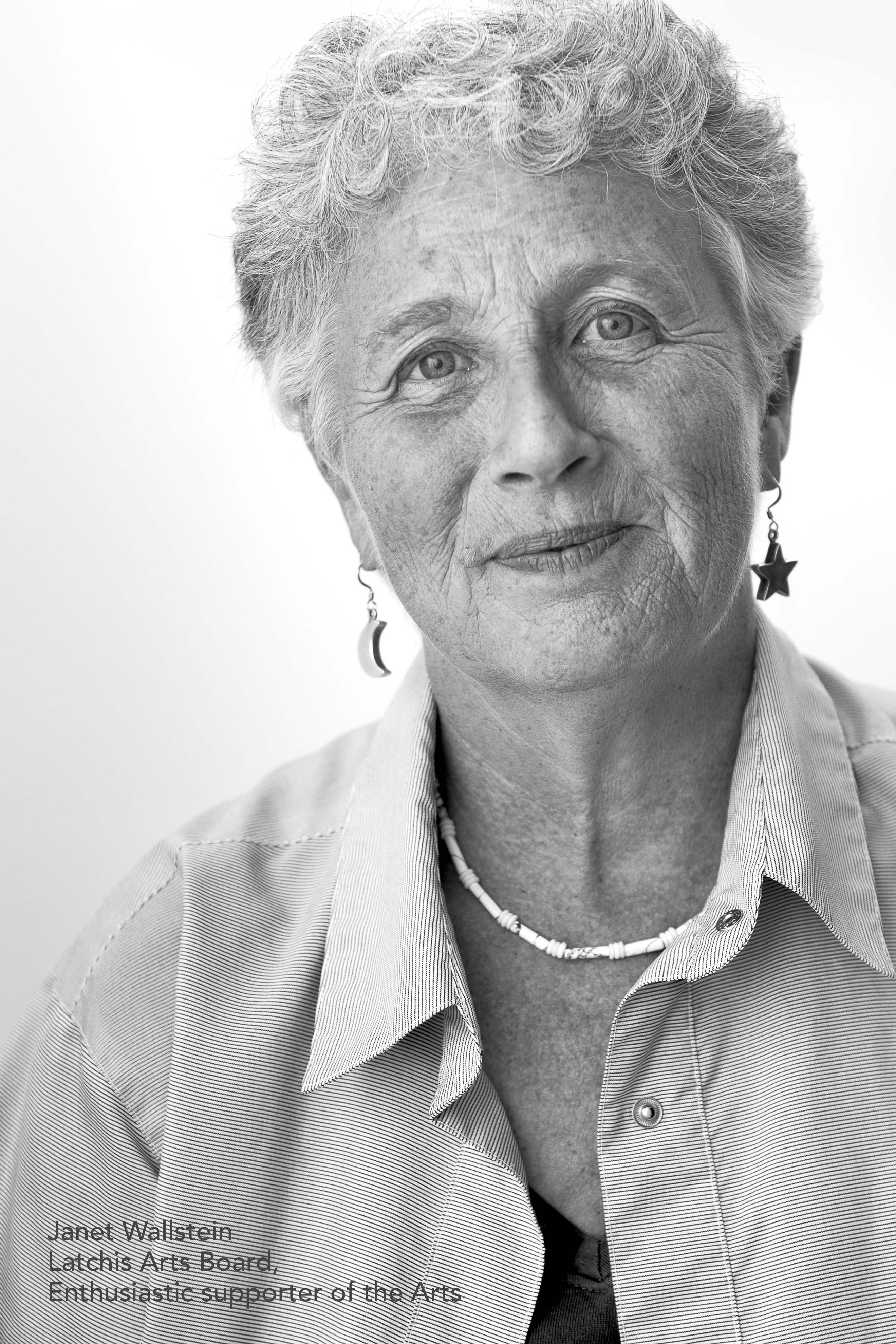Christopher Irion’s Latchis PhotoBooth Installation:
Fostering Community in Brattleboro
Christopher Irion the artist
Christopher Irion has photographed around 26 communities in California and Vermont, some of which are the University of California at Berkeley, the Putney Coop, a BMAC project, The Putney School, and, this coming Spring, for a grant through Next Stage to photograph the students at Putney Central School.
His stated goal is “to enhance community through photography”. For example, Irion photographed the entire student body and teachers as well as staff at The Putney School last year. Several came up to him after the unveiling to say for the first time they felt, while looking at all the large-format black-and-white photos displayed on a whole series of large boards, that they felt part of a whole. That is, Christopher showed how the diverse population at The Putney School was in fact an integrated community. What this work by a social artist does is break down the “Oh, it’s them” attitude and replaces that attitude gathered around, “Oh, it’s us.”
Why photograph the Latchis community?
One goal of this project was to build an increased sense of cohesiveness among all those who work on behalf of The Latchis, including board members and all of our staff. When looking at such a display of upwards to 40 photographs, we get to know one another and see who is playing which roles to keep The Latchis alive and flourishing.
The second goal was to display all these 40 or so images in the foyer to show the Brattleboro community who is looking after The Latchis building, its cultural programming, as well as its hotel and staff on behalf of the Brattleboro community.
This project is akin to a similar effort that was important to the Dutch of Amsterdam in the mid-1600’s. Given the Dutch ancestry of our illustrious Latchis Corporation Board, Rick Hashagen, I thought I would evoke historic Holland. According to Russell Shorto, the author of AMSTERDAM, guilds and companies hired Rembrandt to paint group portraits of those who were members of a guild or worked for a company: The idea was to display on a wall of the entry to an office “a group portrait … so that anyone who came in could admire not only the individuals whose likenesses were there preserved but the bond they represented between those individuals and the larger community. The paintings were public statements that said in effect: Here we don’t depend on kings and armies; this is our town and we take care of it ourselves.” Christopher Irion is our modern day Rembrandt.
This project is all about Enhancing the Community Through the Arts.
We hope that out of this comes a clearer understanding of what the Brattleboro identity is. That understanding can lead to building bridges across disparate parts of the community.
